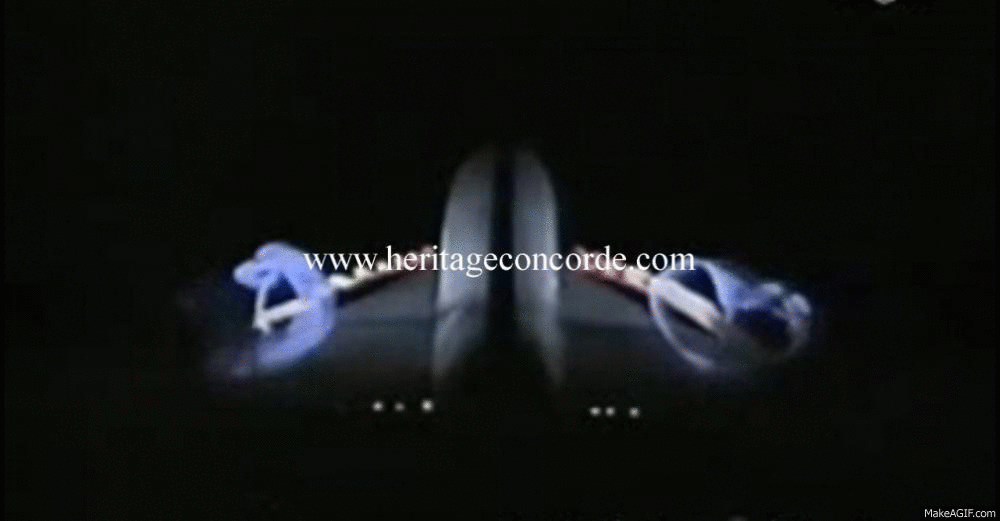Explore the world of Concorde with Heritage Concorde
Johanna Weber - Mathematician

Johanna Weber, mathematician, born 8 August 1910 died 24 October 2014
Johanna Weber moved to the UK from Germany in 1947 to work at the Royal Aircraft Establishment
On 5 November 1956, the government-sponsored supersonic transport aircraft committee held its first meeting, at the Royal Aircraft Establishment, in Farnborough, Hampshire. The aim of the STAC was to explore the development of commercial flight beyond the sound barrier. Thirteen years later, Concorde made its first flight and is still hailed as a triumphant application of Anglo-French science.
One vital element in the success of the Concorde was provided by two émigré German scientists working at the RAE – Johanna Weber, a mathematician, who has died aged 104, and Dietrich Küchemann, a fluid dynamicist.
What they came up with, in collaboration with Eric Maskell, an RAE dynamicist, was, in the words of the RAE’s deputy director of the time, Morien Morgan, “a heresy”. It was a slender delta, arrow-shaped wing concept which, for the era of supersonic flight, utilised a separated airflow, challenging what had been seen as basic principles of aircraft design. The thinking, set out in a 1956 paper, became reality with Concorde. Weber, Küchemann and co provided the shape and the sums, others carried their ideas through.
Weber’s career was almost entirely bound up in her collaboration with Küchemann, which had begun in pre-second world war Germany. She was born in Düsseldorf, the child of an impoverished farming family that had migrated to the city. Four years after her birth, in 1914 her father became an early casualty of the first world war – which meant that her family was provided with a small pension for her education.
Johanna Weber, with her colleague Dietrich Küchemann, challenged the principles of aircraft design in work that led to Concorde’s distinctive wingshape.


Original article written by Nigel Fountain
The Guardian - Click to view
